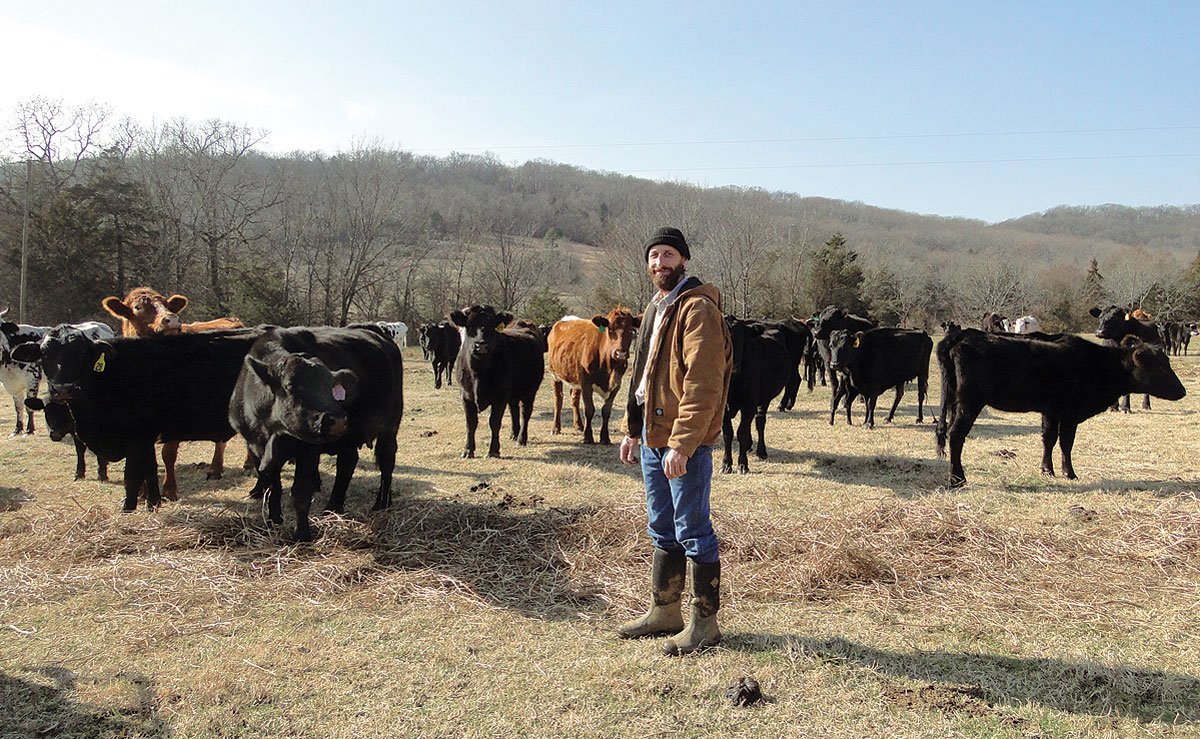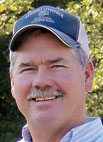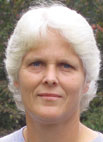
The Cluck family combines a cow/calf and feeder cattle operation
Jeff Cluck of Cedarville, Ark., may not have known where he was going one day when he was 5, but he sure knew when he arrived.
His father Ricky put him in a new, red Ford one-ton pickup with a gooseneck trailer. He told young Jeff to go down the dirt road to the next field where they were haying. Ricky followed the boy until he spied a friend and visited briefly. Jeff, so small he had to peer through the steering wheel to see, missed a turn. Then he spied the river and pushed on the brakes until he killed the truck. He knew he arrived though not necessarily where he originally intended.
Not much has changed. Jeff pursued a degree in engineering and knew he was done when he got a degree that combined mechanical and civil engineering with a specialty in agriculture. His off-the-farm jobs have followed a similar path.
He began by engineering how to build railroad cars and next progressed to designing the process for building barges. When that business was no longer profitable, he moved with the same boss to being the project manager for a recycling company in Ohio.
Most work was and is completed remotely though he travels extensively. Now he is at a tipping point where he has to choose whether to stay with the recycling or enlarge his cattle operation as his main source of income.
Jeff and his wife Brandi and their two young boys live on 336 acres just outside of Cedarville, Ark., where they run a cow/calf and feeder operation, with Brandi working as the 4-H agent for Crawford County, Ark.
Jeff purchased his original 226 acres and the accompanying cattle herd from his grandpa Frank eight years ago and now lives on the same property where his father grew up. The long-term goal is developing their farm to be self-sustaining and passing it to their children.
“Brandi came from a dairy background and informed me I was not to bring anything on the farm that needed to be milked: cow, goat or otherwise,” Jeff said with a laugh.
The Cluck cow/calf operation is based upon 72 truly genetically mixed commercial cows. They are bred by a Brangus bull that was a youngster when Jeff originally purchased his land and cattle and by a Red Stabilizer bull from Lehman’s Ranch in Colorado genetically designed as a highly productive commercial bull.
“That ranch has an annual sale at I-40 Livestock. I was looking for an all-around good bull rather than specific EPD traits and was able to find a good one within my price range. I also still have five momma cows that were heifers in that original herd,” said Jeff.
Believing the process is less stressful, Jeff bans bull calves within a day or two of hitting the ground. He also leaves the calves on the mommas until about 9 months to obtain optimum growth and health, and fence line weans if circumstances permit, keeping the calves for 60 to 90 days afterwards, depending upon the markets. He generally culls momma cows according to age because that’s when they typically miss calves or have other health issues.
While Jeff cannot remember if the concept came from his father or his grandfather, he thinks the most valuable piece of advice he ever received was that high-dollar mommas make no sense in his commercial operation. According to Jeff, a commercial calf from a high-dollar momma will not bring enough extra money to pay for her cost. Efficiency and profitability are, therefore, gained by Jeff developing mommas with hybrid vigor rather than high-dollar genetics.
The feeder side of the farm hosts 60 to 65 lightweight calves, most often selected by his father who works at I-40 Livestock. They typically weigh 250 pounds and are kept for a year then sold at 600 pounds.
Both sets of cattle receive vaccinations as a value-added practice and are wormed, rotating both methods and product. In case one treatment misses a particular parasite it is then eliminated through the next treatment. All cattle receive free-choice minerals.
Jeff believes a good feeding regimen is critical to his operation. He seeks efficiency and effectiveness by milling his own feed using a New Holland mixer/grinder ran from a tractor. His background and education in agriculture led him to study nutrition. He subsequently developed a computer program to analyze the nutritional profile of the ingredients he selects, which allows him the least expense for the best feed.
During winter, his cows receive hay every day and a cottonseed, corn and salt mix one day, and a grain ration the next day. The feeder cattle receive the grain ration daily. The cow winter mix is comprised of cottonseed, corn and salt. The 16 percent protein grain ration is comprised of corn, oats, soy hulls, wheat midds and corn gluten pellets.
What separates Jeff’s feed mix from others is the addition of opportunistic and nutritional additives, such as cooked rice, consumer cereals like Kix or Rice Krispies, commercial popcorn leavings or bread products. He has been part of relationships with certain businesses, such as a gourmet popcorn company which appreciate him coming every two weeks and picking up leftovers as batches are changed. The process avoids the company’s expense of having leaving hauled away while providing nutrition for the cattle.
As is typical of Jeff, he is also looking down another road for an opportunity to affordably purchase a local mill so he can share what he has learned about nutrition and make it available to others. In order to support his community and to be part of the political reach of agriculture, Jeff is vice president of the Crawford County Cattlemen’s Association and very active in the Crawford County Fair.






